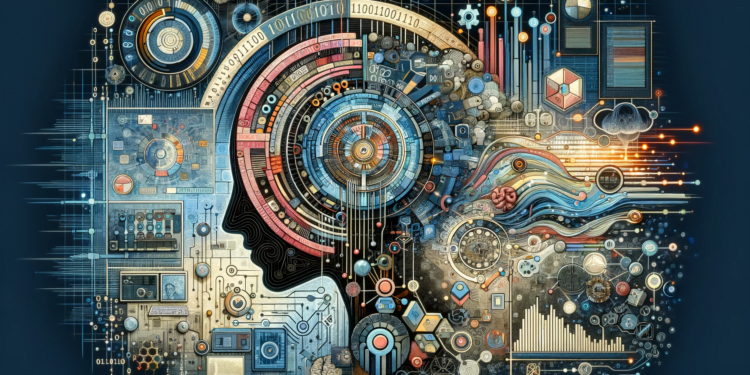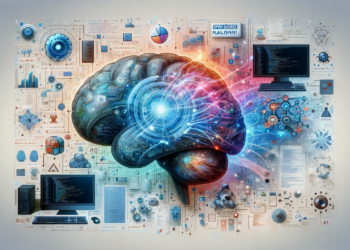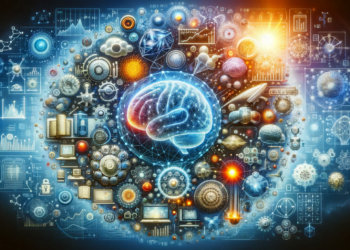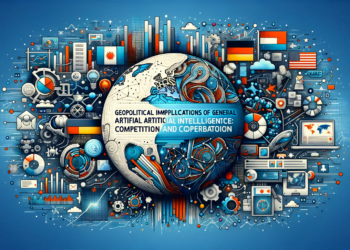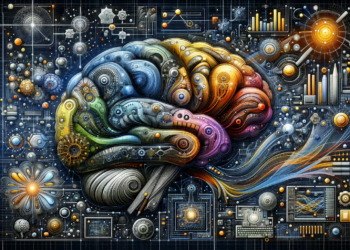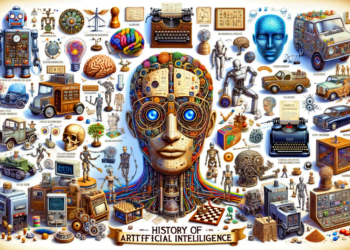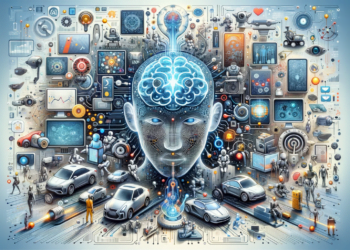Artificial Intelligence (AI) has progressed from its beginnings with simple algorithms to advanced systems that now lead the technological revolution. A field that remains essential for the advancement towards General Artificial Intelligence (AGI) is symbolic logic. This branch prides itself on its meticulous tradition in modeling human reasoning and inferential ability, which is vital for the development of an AGI competent in multiple domains of knowledge and capable of understanding and processing abstract information.
Symbolic Logic at the Zenith of AI: The Rosetta Stone of AGI?
Symbolic logic, often embodied in the form of expert systems, was one of the predominant approaches in the early stages of AI research. The premise is that human reasoning can be formalized through symbols and inferential rules, enabling machines to reason about the world around them. Although the visibility of symbolic logic has waned with the rise of neural networks and deep learning, its relevance has not perished.
Foundations and Evolution
Symbolic logic systems use symbol-based representations, often in the form of ontologies and knowledge bases. These systems apply inference rules to manipulate these symbols and derive conclusions, somewhat mimicking how humans are believed to chain concepts and make deductions. A significant development in the area has been the introduction of Description Logic (DL), a family of knowledge representation languages that have addressed the trade-offs between expressiveness and computational decidability.
The Advent of Hybrid Methods
Despite its power to represent and process knowledge explicitly, symbolic logic faces several limitations. On one hand, it encounters the problem of brittleness, where rigid systems fail in the absence of precise rules for unexpected situations. Additionally, the knowledge acquisition challenge refers to the difficulty of manually encoding a vast and detailed knowledge base.
With the aim of mitigating these constraints, hybrid approaches have emerged that integrate symbolic logic with sub-symbolic machine learning techniques, such as neural networks. This methodology combines the ability to generalize and learn complex patterns, inherent in deep learning, with the formal and transparent understanding provided by symbolic logic. An example of this fusion is the paradigm of neuro-symbolic models, which attempt to extract the best of both worlds for robust interpretation and generalization of knowledge in AI.
Practical Applications
A prominent area of application for symbolic logic in contemporary AI is robotics. Robots operating in domestic or industrial environments must possess the ability to comprehend and reason about their surroundings and assigned tasks. Here, rule-based systems allow for detailed interpretation of instructions and logically consistent execution of tasks, even in the presence of uncertainty.
Another domain is explanatory AI. As AI penetrates critical sectors like medicine or security, there is an intensified demand for systems that not only offer high-precision predictions but can also explain their reasoning in a way that is comprehensible to humans. Systems that incorporate symbolic logic can offer clear, rule-based explanations for their conclusions, thereby facilitating trust and adoption by experts in the field.
Challenges and Future Perspectives
Looking ahead, a key challenge for the broader adoption of symbolic logic in AI is its synergistic integration with machine learning systems. Symbolic reinforcement learning and inductive logic programming are two areas that have shown promising progress in this regard. These methodologies bet on efficiency in learning and generating interpretable knowledge, thus offering a plausible route towards AGI.
A telling case study is DeepMind’s AI program AlphaZero, known for mastering complex games such as Go, chess, and shogi with no prior knowledge, solely through reinforcement learning. However, its extension towards an AGI requires not only excellence in specific tasks but also knowledge transfer and abstraction across different domains. This could be achieved by harmonizing the symbolic approach with its learning capabilities.
Conclusion
Symbolic logic, with its valuable tradition and representational power, continues to be a cornerstone for the conception of an AGI. Integration with machine learning technologies marks a promising path to overcome its historical limitations. The advancement towards systems that not only “learn” but also “understand” and “explain” might be the most enduring legacy of the symbiosis between the ancient symbolic vision and modern AI techniques, paving the way for a versatile and adaptable AGI.

